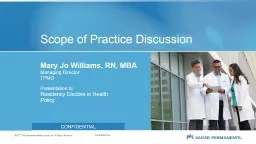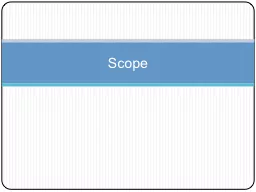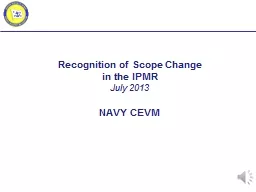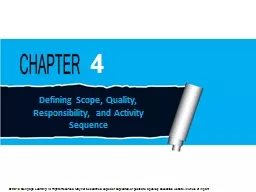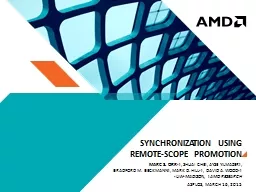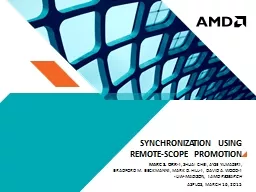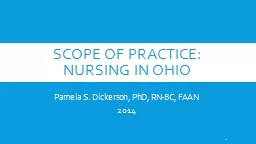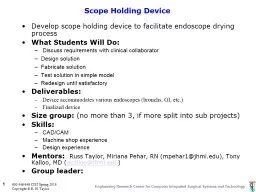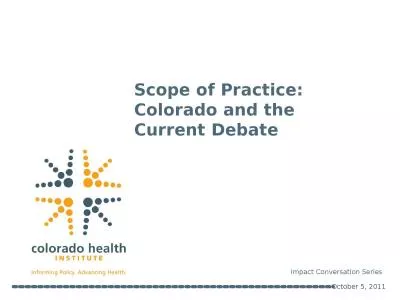PPT-Scope of Practice Discussion
Author : brown | Published Date : 2021-12-06
Mary Jo Williams RN MBA Managing Director TPMG Presentation to Residency Elective in Health Policy CONFIDENTIAL Staffing physician offices in TPMG Physician office
Presentation Embed Code
Download Presentation
Download Presentation The PPT/PDF document "Scope of Practice Discussion" is the property of its rightful owner. Permission is granted to download and print the materials on this website for personal, non-commercial use only, and to display it on your personal computer provided you do not modify the materials and that you retain all copyright notices contained in the materials. By downloading content from our website, you accept the terms of this agreement.
Scope of Practice Discussion: Transcript
Download Rules Of Document
"Scope of Practice Discussion"The content belongs to its owner. You may download and print it for personal use, without modification, and keep all copyright notices. By downloading, you agree to these terms.
Related Documents

